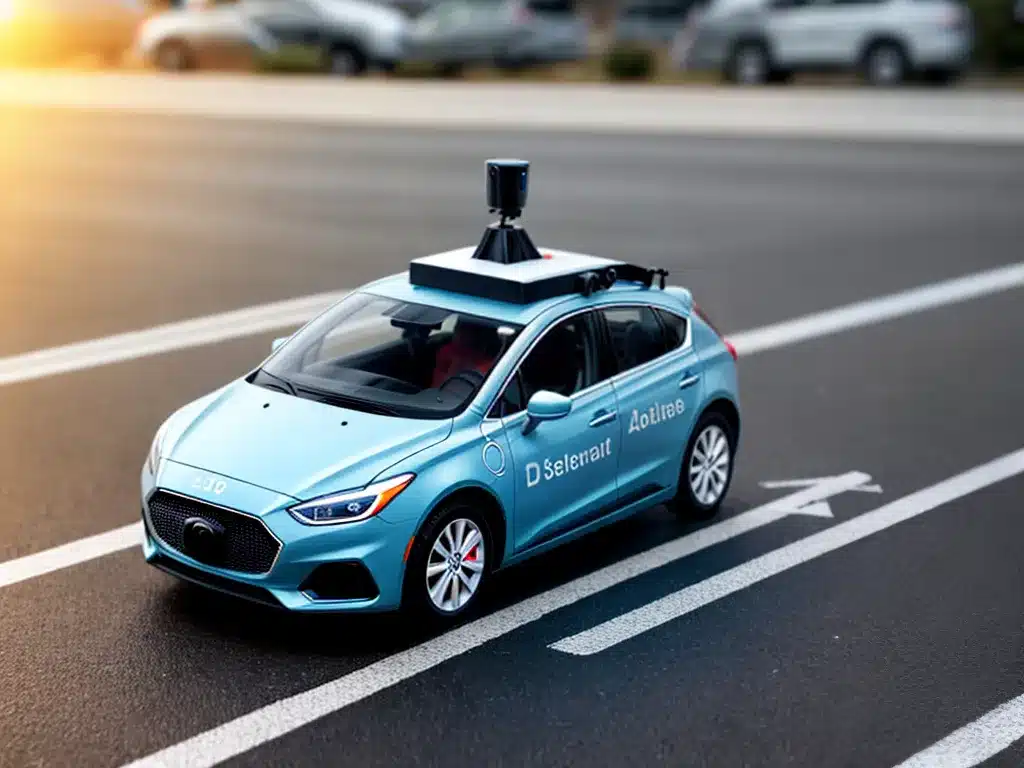
Self-Driving Cars and the IoT – Match Made in Heaven?
Introduction
The advent of self-driving cars and the Internet of Things (IoT) are two of the most exciting technological developments of the past decade. As both technologies continue to evolve rapidly, it becomes apparent that they have the potential to transform transportation and mobility. In this article, I explore the synergies between self-driving cars and the IoT and argue that their combination can usher in a new era of safe, efficient, and convenient transportation.
How Self-Driving Cars Work
Self-driving cars, also known as autonomous or driverless cars, are vehicles that are capable of sensing their environment and operating without human input. Although fully self-driving cars are still undergoing testing, the key technologies powering them are:
Sensors
Self-driving cars are outfitted with a variety of sensors that allow them to perceive and understand their surroundings. These include:
- Cameras – Provide visual information about road conditions, traffic signals, pedestrians, etc.
- Radar – Uses radio waves to detect objects and measure distances.
- Lidar – Works like radar but uses laser light to generate precise 3D maps.
- Ultrasonic sensors – Use sound waves to identify close objects.
- GPS – Provides location data.
Artificial Intelligence
The raw sensor data is processed by artificial intelligence algorithms that categorize and make sense of the inputs to identify pedestrians, read signs, and navigate safely. The AI system makes decisions about steering, braking, and acceleration.
Maps and Data
Self-driving cars rely on highly detailed road maps that are annotated with data like lane markings, traffic patterns, and known problem spots. Accurate real-time maps allow the vehicles to determine their precise location at all times.
The Role of IoT
The Internet of Things refers to the growing network of internet-connected smart devices and objects. When it comes to transportation, IoT has the potential to help vehicles communicate with each other and the surrounding infrastructure.
Some key ways IoT will enable self-driving cars:
-
Vehicle-to-vehicle (V2V) communication – Cars could wirelessly share data with each other about speed, direction, hazards, etc. This allows vehicles to coordinate and react better than relying solely on sensors.
-
Vehicle-to-infrastructure (V2I) communication – Cars could receive real-time data from smart traffic signals, signs, and other infrastructure to improve safety and traffic flow.
-
Enhanced mapping – IoT sensor data from millions of devices could keep maps dynamically updated with the latest road conditions, optimizing routes.
-
Over-the-air updates – Software, firmware, and settings can be updated remotely over the internet rather than bringing cars to the shop. This allows for continuous enhancements.
The Benefits of Combining Self-Driving Cars and IoT
Integrating self-driving cars with the IoT ecosystem can maximize the benefits:
Improved Safety
- V2V and V2I communication give autonomous cars 360-degree awareness to help avoid accidents. Software and sensor issues can also be addressed quickly over-the-air.
Optimized Traffic Flow
- With real-time data from IoT sensors, self-driving cars can smooth traffic by selecting optimal routes, spacing themselves efficiently, and coordinating maneuvers.
Reduced Congestion and Emissions
- More intelligent routing and driving behavior enabled by IoT can minimize congestion and pollution. Increased carpooling and fewer accidents also help.
Enhanced User Experience
- IoT connectivity allows self-driving cars to integrate with smart home and mobile devices. Users can seamlessly switch between vehicles based on real-time conditions.
New Business Models and Services
- Combining the technologies opens up opportunities like self-driving taxis and on-demand shuttle services that can be efficiently monitored and managed.
Challenges to Overcome
To fully leverage the synergies between autonomous vehicles and IoT, some key challenges need addressing:
- Building reliable and secure vehicle-to-everything (V2X) networks that can handle massive data flows.
- Standardizing communication protocols between different manufacturers.
- Protecting user privacy as increasing amounts of data is collected and transmitted.
- Overcoming resistance from consumers who are skeptical about embracing these disruptive technologies.
- Upgrading transportation infrastructure to allow legacy systems to work with smart cars.
- Handling challenging weather and road conditions that can interfere with sensors.
The Future is Self-Driving and Connected
It is clear that self-driving cars and IoT have an extremely promising future ahead. While fully autonomous vehicles are still a few years away, continued innovation looks set to unleash their full potential. Seamlessly integrating them with the burgeoning IoT ecosystem can lead to incredible gains in safety, efficiency and convenience. As engineers solve technical hurdles and regulators keep pace, the self-driving IoT-enabled car could soon become an everyday reality. This has the potential to radically reshape our cities and revolutionize mobility as we know it.












